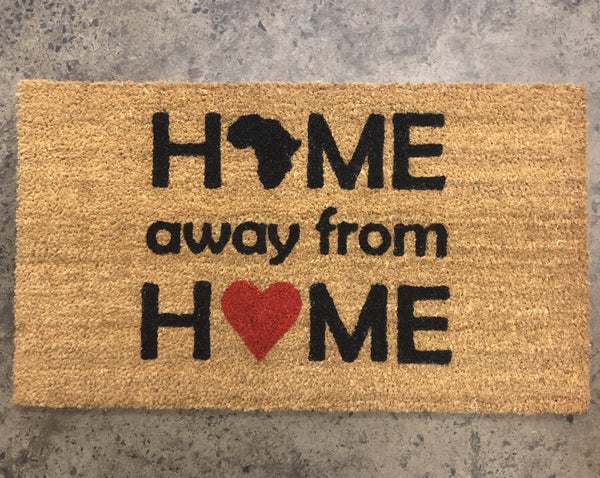When people think of a “home-away-from-home,” images of comfort, familiarity, and belonging often come to mind. It’s more than just a place to stay; it’s a place that brings a sense of ease, warmth, and connection. In senior living, hospitality, or even family homes, creating a true home-away-from-home goes beyond aesthetics and amenities—it’s about fostering an environment that makes everyone feel welcome, secure, and valued.
However, what are the essential elements that create a true home-away-from-home?
1. Personalization and Familiarity
A true home-away-from-home embraces individual preferences, allowing each person to bring a part of themselves into the space. Personalization is essential for creating an atmosphere that reflects the resident’s personality and tastes, whether it’s in senior care, hospitality, or temporary living spaces.
Allowing individuals to bring personal items, like favorite photos, artwork, or mementos, helps make any space feel uniquely theirs. Familiar items carry memories and give a sense of identity to a new environment. However, it needs to start at the basics in terms of design. A home-away-from-home often offers flexibility in decor and layout, letting residents or guests adjust their surroundings to fit their tastes. Even small choices can create a stronger sense of ownership. This could be picking out colors or bringing in their own furniture.
Personal touches go a long way in making any place feel like a second home, adding familiarity and comfort to new surroundings.
2. A Welcoming Atmosphere and Sense of Belonging
What truly defines home is the feeling of belonging. In senior living communities, hospitality settings, or any temporary home, fostering a welcoming environment is crucial to creating this sense of belonging. A home-away-from-home feels inviting when staff or hosts make the extra effort to be attentive, friendly, and supportive. Remembering names, preferences, or small details about a person’s background shows genuine care and builds a personal connection.
Eastleigh care home serving in Minehead has communal areas to further help this atmosphere. With lounges, gardens, and dining rooms, they offer places to connect and foster community. Residents and guests can interact, share stories, and create new friendships in these spaces, feeling less like visitors and more like valued members of a community. By building a welcoming, inclusive atmosphere, any space can feel like home, even for those who are far from their own.
3. Comfort and Practicality in Design
A true home-away-from-home prioritizes comfort and practicality. It’s essential to offer a space that not only looks good but feels good, too, with intuitive designs and functional spaces. Soft seating, cozy bedding, and soothing lighting are the cornerstones of a relaxing space. A true home-away-from-home often has lounges, reading corners, or outdoor areas that provide both comfort and an inviting atmosphere.
In a home-away-from-home, having access to everyday essentials—from fully stocked kitchens to quality toiletries—provides convenience and comfort. The presence of familiar amenities like coffee makers, blankets, or reading lamps adds small comforts that make all the difference.
Prioritizing comfort and functionality makes the transition into a new space easier and more enjoyable, allowing people to relax and settle in quickly.
4. Flexibility and Independence
Home is where you feel free to make choices and live according to your own schedule. A true home-away-from-home supports autonomy and offers flexibility, allowing residents or guests to adapt the space and routine to fit their lifestyle. In a care setting, offering flexible mealtimes, recreational activities, and visiting hours allows residents to maintain their personal preferences. In hospitality, amenities like 24-hour access to common areas or self-check-in enhance autonomy.
5. Emotional and Social Support
A true home-away-from-home isn’t just about the physical environment; it’s also about the emotional support and social connections that enhance well-being and security. For those in senior living or care settings, having compassionate, attentive caregivers is essential to making them feel safe, supported, and valued. Staff who offer a listening ear or share a friendly conversation foster a positive, nurturing environment.
In both senior living and hospitality, social activities and group gatherings can encourage meaningful connections and reduce loneliness. Movie nights, community dinners, and game sessions bring people together, creating opportunities to build friendships.
In Conclusion
A true home-away-from-home goes beyond the physical structure—it’s a nurturing, comforting space that brings together warmth, independence, safety, and connection. By creating an environment that respects personal preferences, fosters social bonds, and prioritizes comfort, any setting can embody the qualities of home. Whether for a short stay or a longer period, a true home-away-from-home offers not just a place to live, but a place to thrive, where every person feels valued, supported, and truly at home.
Keep an eye for more latest news & updates on Vents Tribune!

